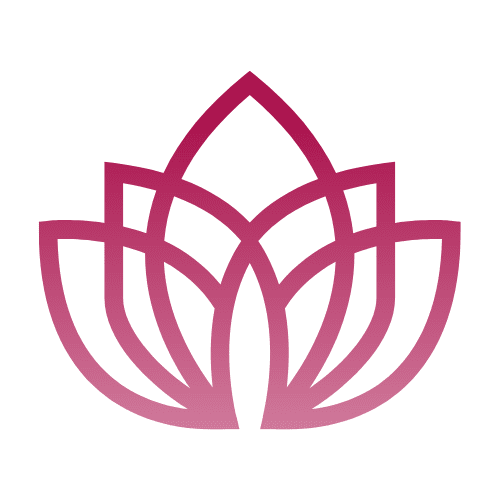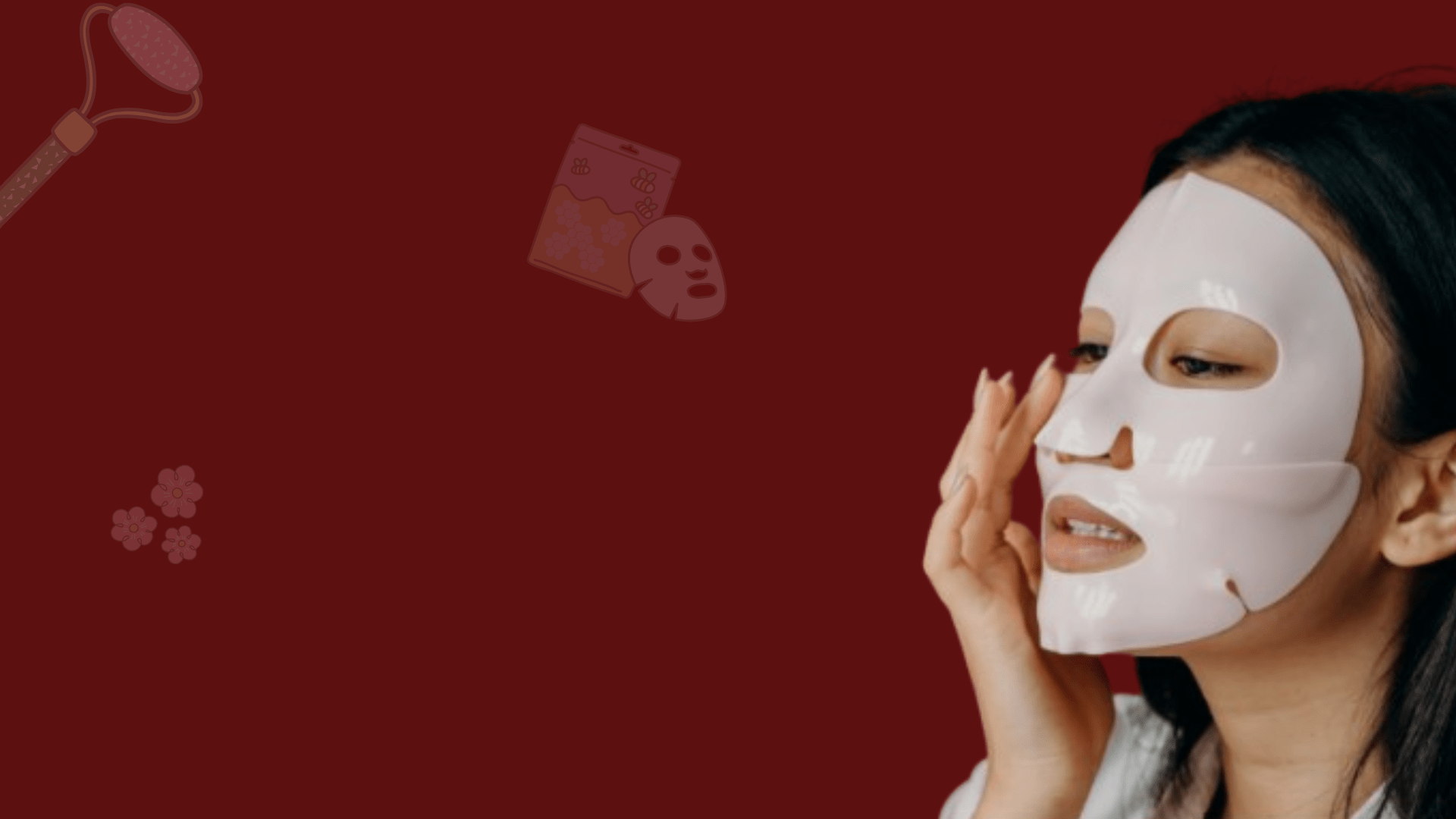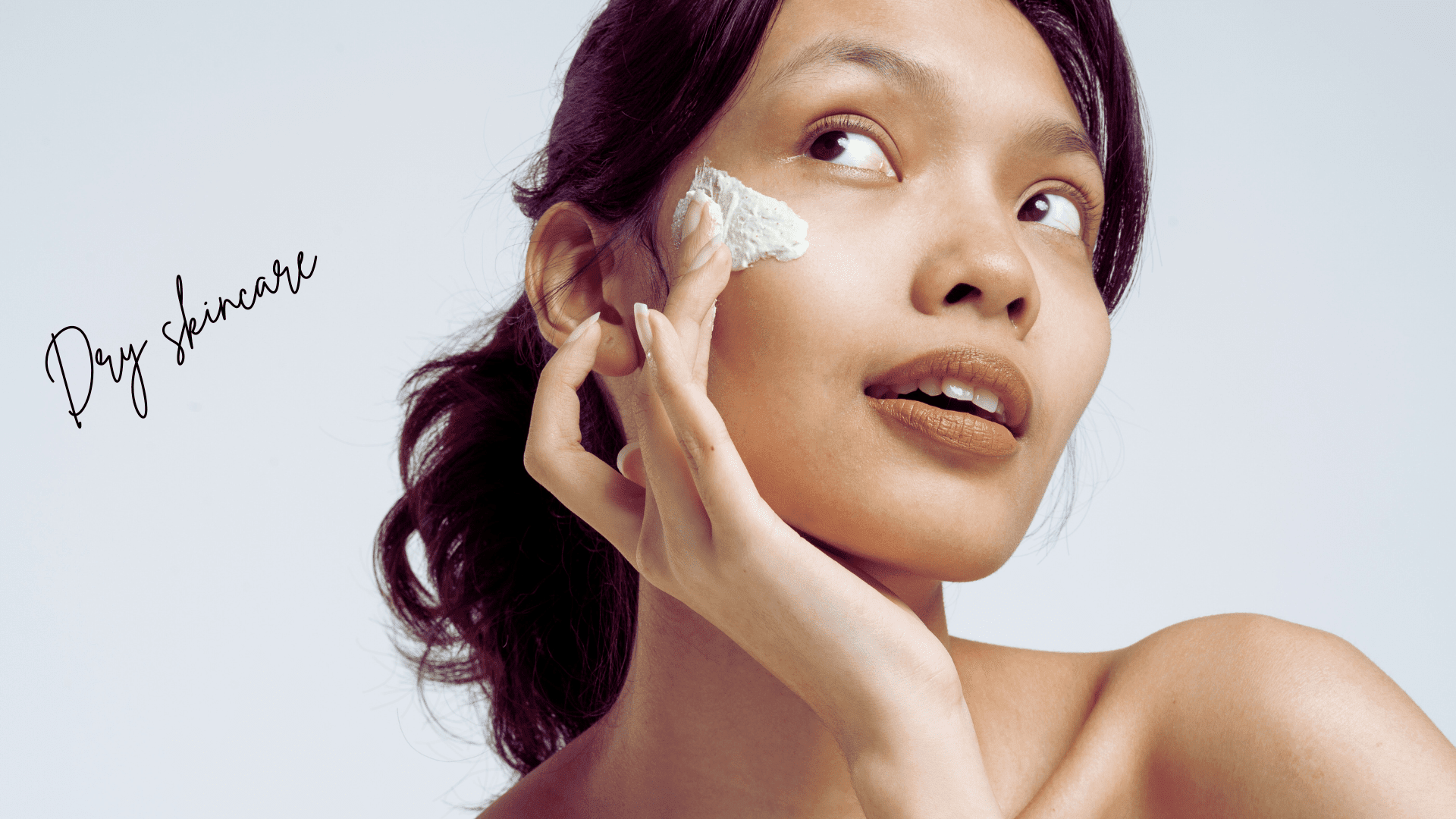14 Simple Tips to Treat Acne
Acne is one of the most irritating skin conditions people of all ages undergo. Some people have a few tiny pimples on some body parts, while some have an extremely severe case of acne. To have healthy skin and to manage acne properly, one must adopt a good skin care regimen followed by acne treatment methods. Here, we share 14 Simple Tips to Treat Acne and effective tips to eliminate acne and, therefore, have clearer, healthier skin. learn how you can get rid of acne for smoother, clearer skin.
Table Of Content
- Cleanse your skin twice a day
- Benzoyl Peroxide vs. Salicylic Acid: Which is Good for You?
- Aloe Vera Gel
- Honey and Cinnamon Mask for Antibacterial Action
- Use Retinoids
- Use Tea Tree Oil
- Clay Masks for Controlling Oil
- Apply Ice to Reduce Swelling and Redness
- Sulfur-based Products for Targeted Treatment
- Sunscreen to Prevent UV Damage on the Skin
- Use Vitamin C Serum to Brighten Skin and Fade Dark Spots
- Wash Pillowcases for Clear Skin
- Reduce Sugar & Dairy to Minimize Acne
- Stay Hydrated
1. Cleanse your skin twice a day

Cleaning your face twice daily maintains your skin’s natural balance by removing excess oil and dirt. It also prevents breakouts because pores remain clean and free from impurities. its Simple Tips to Treat Acne Cleaning your face in the morning hydrates and prepares your skin for the day ahead. At night, it cleans off makeup and dirt, allowing your skin to heal and refresh while you sleep. Regular cleansing enhances your skin texture and promotes a healthy, radiant glow.
2. Benzoyl Peroxide vs. Salicylic Acid: Which is Good for You?
It depends on your skin type and your acne and which one works better on your skin. Each of them has its own but their strengths suit different skin needs.
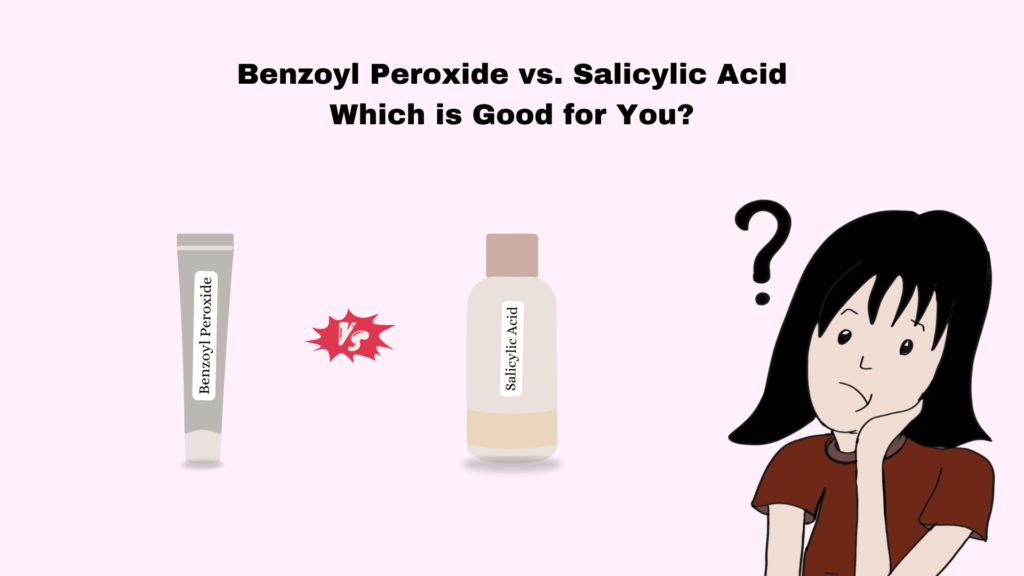
Benzoyl Peroxide
- It is a useful medication that treats active acne. The red, swollen pimple is mostly treated with benzoyl peroxide. It kills bacteria and stops the formation of the pimples. The other good effects are its capability to dry excess oil, thereby reducing inflammation and its use in inflamed or cystic acne. It reduces pimples by attacking the bacteria and excessive oils to result in an oilier, clearer face. Use on the skin; the cream might dry it so, use it according to its usage instructions.
Salicylic Acid
- This is a harsh but gentle ingredient meant to treat acne by exfoliating dead skin. What salicylic acid does when applied to the skin is clear out the pores using dead skin, oil, and dirt that block pores—thus preventing blackheads or whiteheads and other incoming breakouts. It, therefore, does not over-dry the skin to any extent like benzyl peroxide, thus is an alternative for sensitive skin as well, as it decreases the pinkness and swelling of pimples without irritating anyone’s skin.
3. Aloe Vera Gel
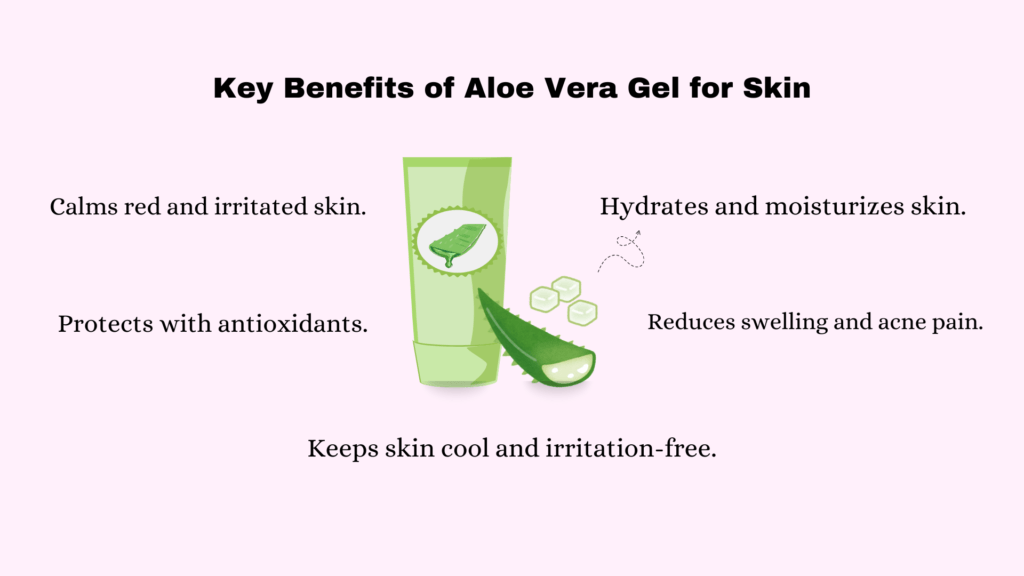
Aloe vera is cooling and soothing and calms inflamed red skin. The gel is cooling and reduces redness, swelling, and acne pain. Its high antioxidant and anti-inflammatory content heals, moisturizes, and protects the skin, making it very soothing for soft skin. It prevents irritation and keeps the skin cool and moist. Simple Tips to Treat Acne include using aloe vera gel for its soothing and healing properties.
4. Honey and cinnamon mask for antibacterial action
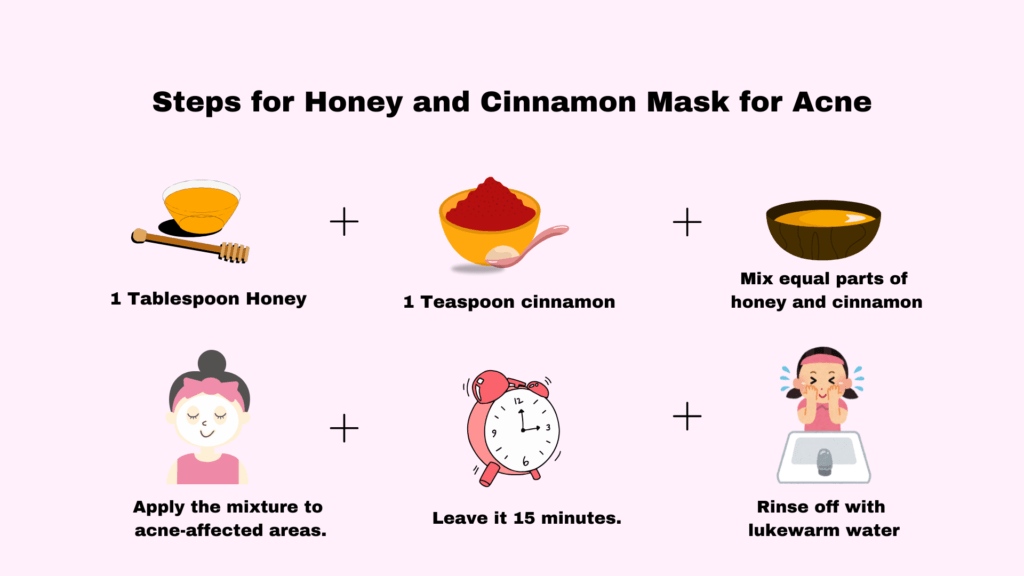
This one’s antibacterial because of the honey and cinnamon. A strong acne-fighting mask, honey can moisturize while killing bacteria while cinnamon is added to that effect with swelling reduction that would also prevent future acne breakouts. Mix equal parts of honey and cinnamon, apply to the area, and leave on for 10-15 minutes before rinsing. Repeated use will help reduce acne and imperfections.
5. Use Retinoids
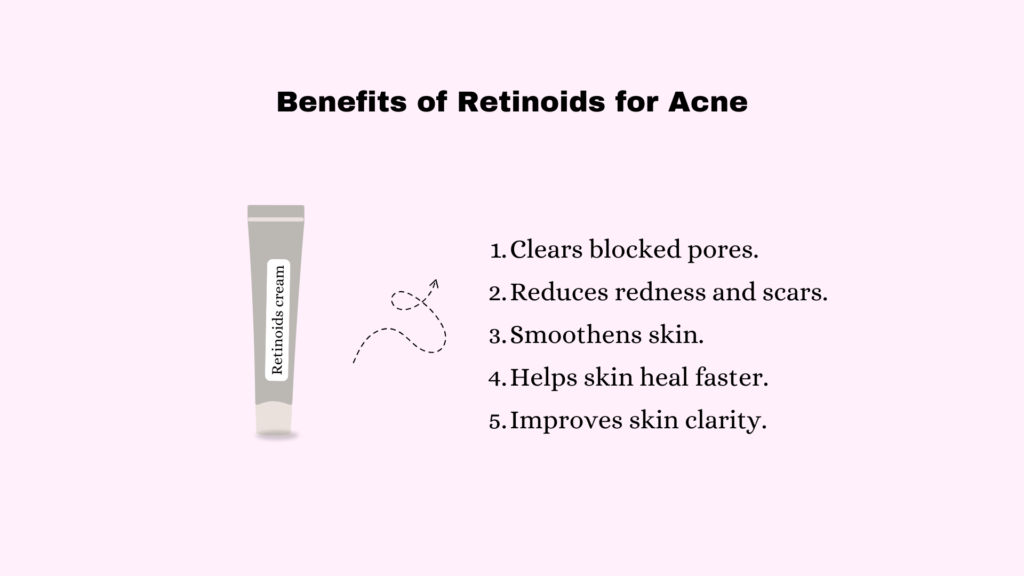
Retinoids are forms of Vitamin A that use retinoids to help prevent acne by eliminating dead skin cells. Dead skin is the main reason people get acne, as it covers pores. Removing dead skin pores keeps them free from the possible cause of acne. They help reduce inflammation and make the skin feel better, so they are good for preventing acne and scars. However, they can be harsh at first, but they allow for better skincare that leads to clearer and smoother skin over time. It is important to keep the dilution low and slowly increase it to prevent irritation.
6. Use tea tree oil

This is a natural cleanser. It fights bacteria responsible for causing acne and reduces redness, swelling, and irritation. When applied to outbreaks, it clears the skin as it prevents new acne. It’s so gentle yet effective for mild to moderately caused acne. Tea tree oil can be mixed with a carrier oil like coconut or jojoba oil to avoid irritation, and one should always start by patch testing on the skin to check for tolerance.
7. Clay masks for controlling oil
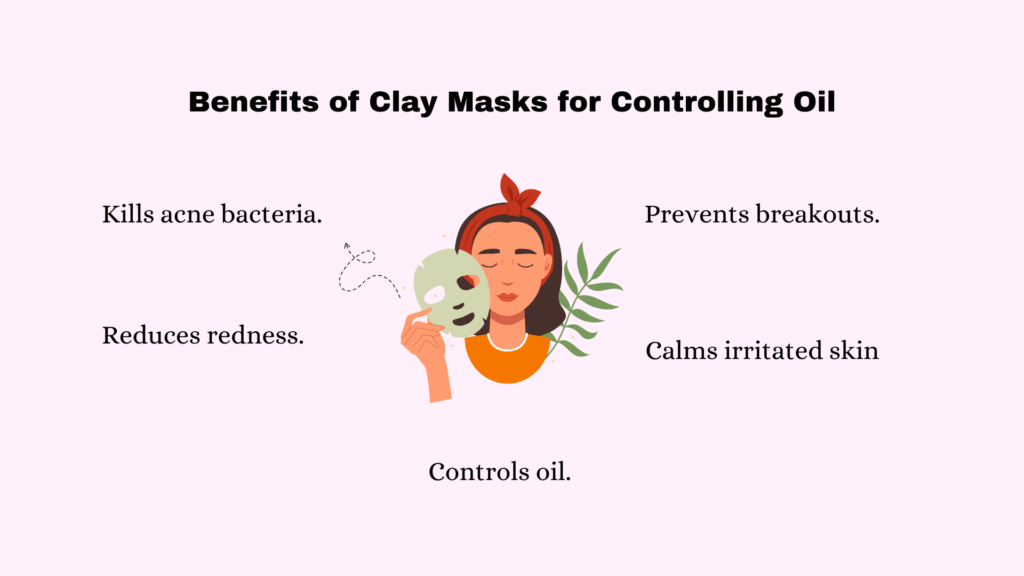
This oil is one of the significant reasons for acne since clay masks clear away oil and grime and do not let pores become clogged with the resulting acne. In addition, it is healing to irritated skin, as it is gentle on that kind of skin. Balancing oil production occurs in clay masks, whereas they will not dry the skin but will rather keep it alive and smooth. The appropriate use is when applied once or twice a week, depending on how oily your skin is.
8. Apply Ice to Reduce Swelling and Redness

This is a simple remedy and will soothe pustular acne. It can constrict blood vessels, which may help reduce swelling and redness. This will numb the area immediately, thus providing relief. Target bigger, swollen blemishes or cystic acne. Wrap an ice cube with a clean cloth or paper towel then gently press on that area for 1 to 2 minutes. Do it again if possible, but don’t let ice on your skin as that hurts it. That is as simple as it can get, and after just a few applications, the skin becomes calmer and more smooth.
9. Sulfur-based products for targeted treatment
Sulfur is a very strong ingredient applied specifically for the treatment of acne. It sucks up excess oil, opens up closed pores, and kills bacteria which cause acne. It also helps bring down swelling and redness and is very effective for harsher breakouts, especially those on oily or acne-prone skin. Apply as a cream, mask, or spot treatment to those acne spots for direct hits. It prevents new acne from forming and hastens the clearing of existing ones, thus leaving your skin smoother and clearer over time.
10. Sunscreen to prevent UV damage on the skin

Essentially, sunscreen is the okay thing to apply to the skin susceptible to acne. The UV rays worsen the scarring time and can lead to hyperpigmentation. A person should apply broad-spectrum sunscreen daily, which can keep the skin protected from sun and heat burns, most irritating wounds, and long-term damage, making a break-out more likely. It can also prevent dark spots on healing acne, which leads to better skin recovery. Skin care needs to ensure you select a non-comedogenic sunscreen so that it doesn’t clog pores, with the important application every morning, even during cloudy days, for safety and clear skin.
11. Use Vitamin C serum
Brightening and Mellowing Effect of Vitamin C Serum: The vitamin C antioxidant is a great brightener and acne scar eraser. It reduces inflammation in inflamed areas and promotes collagen formation which helps in texture improvement and scarring. Vitamin C serum is used to balance skin tone so it’s great for people with post-acne hyperpigmentation. Apply on clean skin in a few dots every morning and then apply sunscreen on the skin and get the brightening effect of the serum.
12. Wash Pillowcases for Clear Skin

Washing your pillowcases and sheets regularly is a no-brainer to prevent acne. Over time pillowcases collect oils, dirt, sweat, and bacteria from your skin and hair. When you sleep this buildup transfers back onto your face and can clog pores and cause breakouts. To have clearer skin wash your pillowcases at least once a week with hot water and a gentle detergent. Also, use breathable, hypoallergenic fabrics; don’t touch your face with dirty sheets. Clean linens are a key to minimizing acne-causing bacteria and healthier skin.
13. Reduce Sugar & Dairy to Minimize Acne
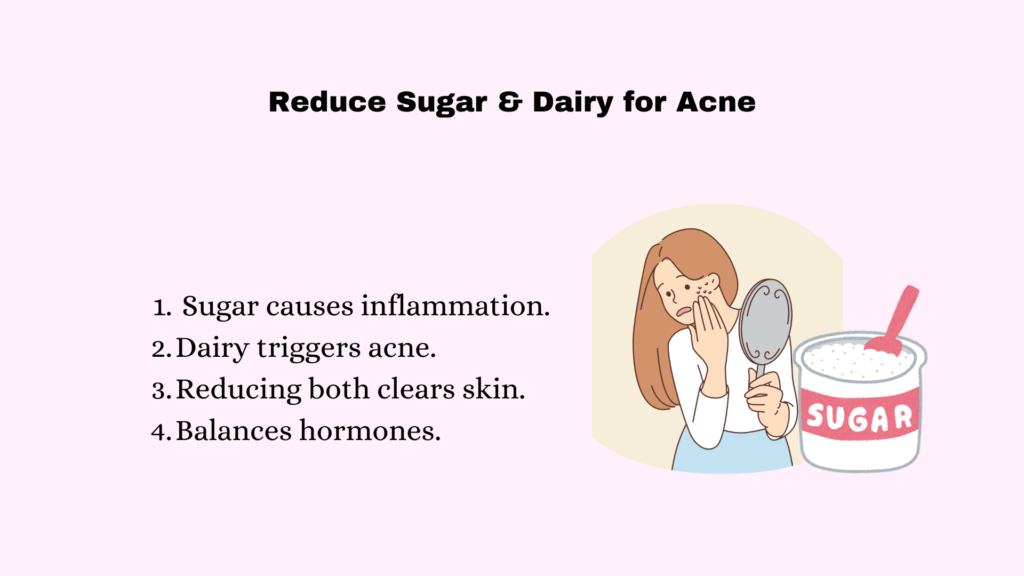
Dietary control goes a long way in controlling the acne. The more sugar and dairy in one diet, the more increase in the insulin levels of the body, which in turn brings with it an inflammatory reaction and increased oil production, thus leading to increased breakout of acne. Stopping sweet foods and dairy products such as milk and cheese might help reduce flare-ups and offer overall better skin health. Balance it out with lots of vegetables, fruits, and whole grains-mostly feeding the skin while preventing inflammation that probably has some relationship with the development of acne. A tiny adjustment or two in daily diet can do so much for acne management.
14. Stay hydrated
Staying hydrated involves drinking sufficient water to keep one’s skin healthy, serve as a detoxifier, hydrate the skin, and keep it in the best possible functioning state for esthetic purposes. It would ease the occurrences of dry skin, minimize outbreak acne episodes, and contribute to general skin glow. Try and have at least 8 glasses of water per day to keep your skin clear and vibrant.
Reference
